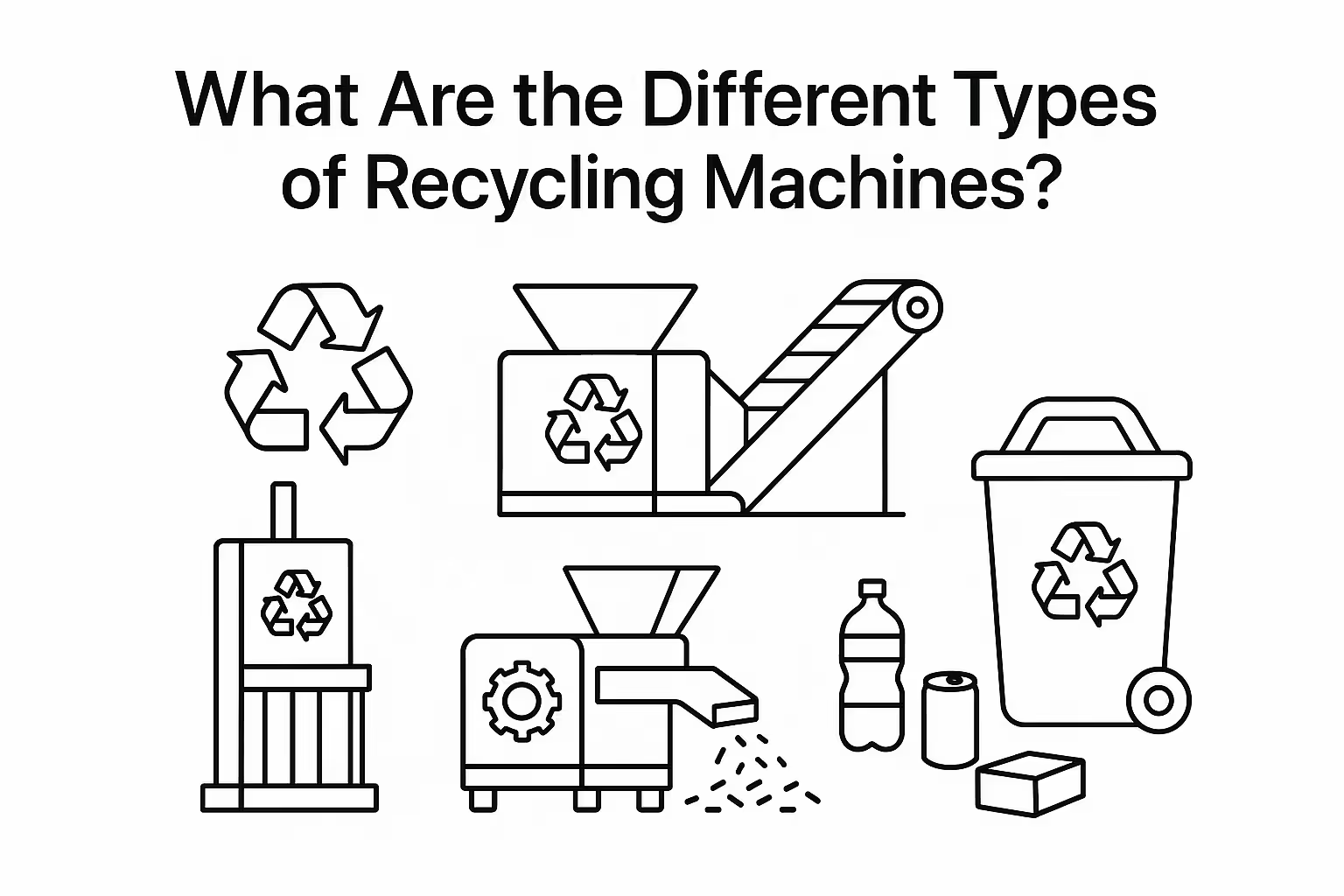The journey of a plastic bottle to a new product is powered by a series of robust and specialized machines. Each machine in a recycling line has a distinct role, working in concert to transform waste into valuable raw material (according to the UN Environment Programme). This overview introduces the primary types of plastic recycling machines and their functions.
1. Plastic Shredders
The first step in most recycling processes is size reduction. Shredders are heavy-duty machines designed to break down large plastic items into smaller, more manageable pieces.
- Function: To handle bulky items like car bumpers, pipes, and plastic drums.
- Mechanism: They use powerful, slow-speed, high-torque rotating blades to cut and tear the plastic.
- Output: Large, irregular plastic flakes.
2. Plastic Granulators (Crushers)
After shredding, the plastic pieces are fed into a granulator for further size reduction.
- Function: To grind plastic flakes into small, uniform granules or “regrind.”
- Mechanism: High-speed rotor knives cut the plastic against stationary bed knives, creating a consistent particle size determined by a screen. Read our complete guide to industrial crushers.
Output: Small, consistently sized plastic granules ready for washing.
3. Plastic Washing Lines
Cleanliness is crucial for high-quality recycled plastic. Washing lines are complex systems designed to remove contaminants like dirt, labels, and adhesives. A typical washing line includes:
- Friction Washers: To scrub the plastic granules.
- Float-Sink Tanks: To separate different types of plastics based on density (e.g., separating PET from PP/PE caps and labels).
- Hot Washers: To remove glue and stubborn dirt using hot water and detergents.
- Dewatering Machines/Dryers: To remove moisture from the clean plastic granules.
4. Plastic Pelletizers (Extruders)
The final step is to convert the clean, dry granules into pellets, which is the standard form for manufacturing new plastic products with a pelletizing machine.
- Function: To melt, filter, and form the plastic into uniform pellets.
- Mechanism: An extruder melts the plastic, which is then forced through a screen to remove any remaining contaminants. The molten plastic is then cut into small pellets and cooled.
Output: High-quality, uniform plastic pellets ready to be used in manufacturing.
Making Your Decision
Choosing the right recycling machinery depends on several factors:
- Material Type: What kind of plastic will you be processing? (e.g., rigid plastics, films)
- Volume: What is your expected throughput?
- Contamination Level: How clean is your input material?
- Desired Output: Do you need flakes, granules, or pellets?
Answering these questions will help you and your equipment provider design a system tailored to your needs.
Conclusion
These four machine types form the backbone of most plastic recycling plants. From the initial shredding to the final pelletizing, each machine plays a vital role in the transformation of plastic waste. Understanding their functions is key to appreciating the complexity and importance of the recycling industry.
For specific machine recommendations or to design a complete recycling line, contact the experts at Rumtoo Machine.
